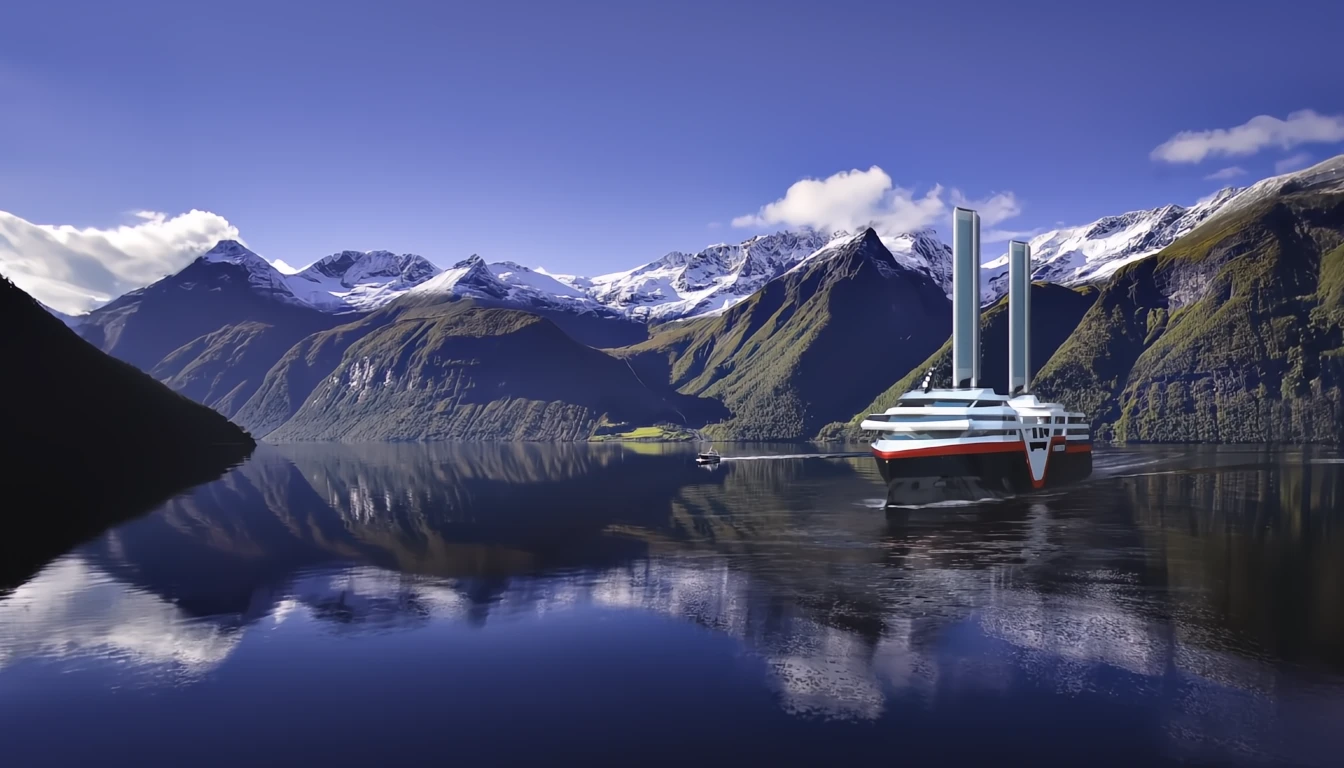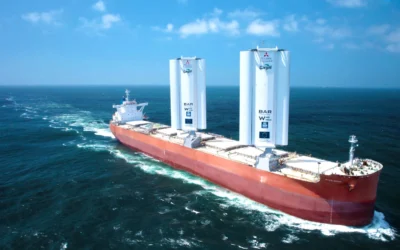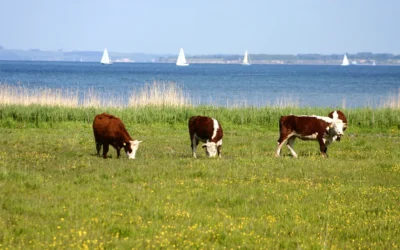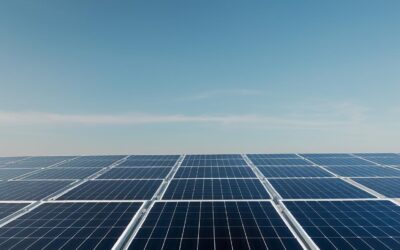Hurtigruten has completed a key phase of testing for its Sea Zero project—an ambitious plan to launch the world’s most energy-efficient cruise ship by 2030. The testing took place at SINTEF Ocean’s facilities in Trondheim, Norway, using a scale model to refine the vessel’s design.
Sea Zero aims to deliver a fully emission-free ship for voyages along the Norwegian coast. The concept brings together several advanced technologies, including large battery packs, retractable sails, air lubrication systems, contra-rotating propellers, and a streamlined, energy-efficient hull.
“We are learning a lot from these tests, and we now see that many of the ambitious goals in this project can also be implemented in practice,” said Gerry Larsson-Fedde, Chief Operating Officer at Hurtigruten.
After months of adjustments, the design has evolved. The ship is now longer, lower, and more stable—with two large retractable sails that adapt to operational needs. “For each round we make changes to optimise the design. Now the ship is eight meters longer and slightly wider, and the height has been reduced by one deck. This provides, among other things, better stability. We have also gone from three to two sails,” Larsson-Fedde explained.
Testing showed that the sails alone could cut energy use by 10–15%. Combined with other technologies, Sea Zero aims to slash energy consumption by 40–50% compared to today’s cruise ships.
That level of efficiency could make full battery operation possible. The plan is to charge the batteries using shore power at ports, allowing the ship to sail without emissions between stops. “With the reduction in energy use we’re aiming for, it’s realistic to fit a battery system with enough energy to allow the ship to sail between charging ports under normal weather conditions,” said Trond Johnsen, Project Manager for Sea Zero.
Hurtigruten is working with SINTEF and other partners to finalise the design. The proposed vessel will be 143.5 metres long—making it the company’s largest yet. In addition to the sails, which will be equipped with solar panels, the ship will include contra-rotating propellers and an air lubrication system to reduce drag. Smart systems will manage heating, cooling, and onboard energy use to further increase efficiency.
“We need to change the way we sail,” said Hurtigruten CEO Hedda Felin. “The Coastal Express has sailed the Norwegian coast for 130 years. For us to sail for 130 years more, we need to change the way we sail.”
Sea Zero marks a bold step toward emission-free cruising—and could help chart a new course for sustainable maritime travel.




